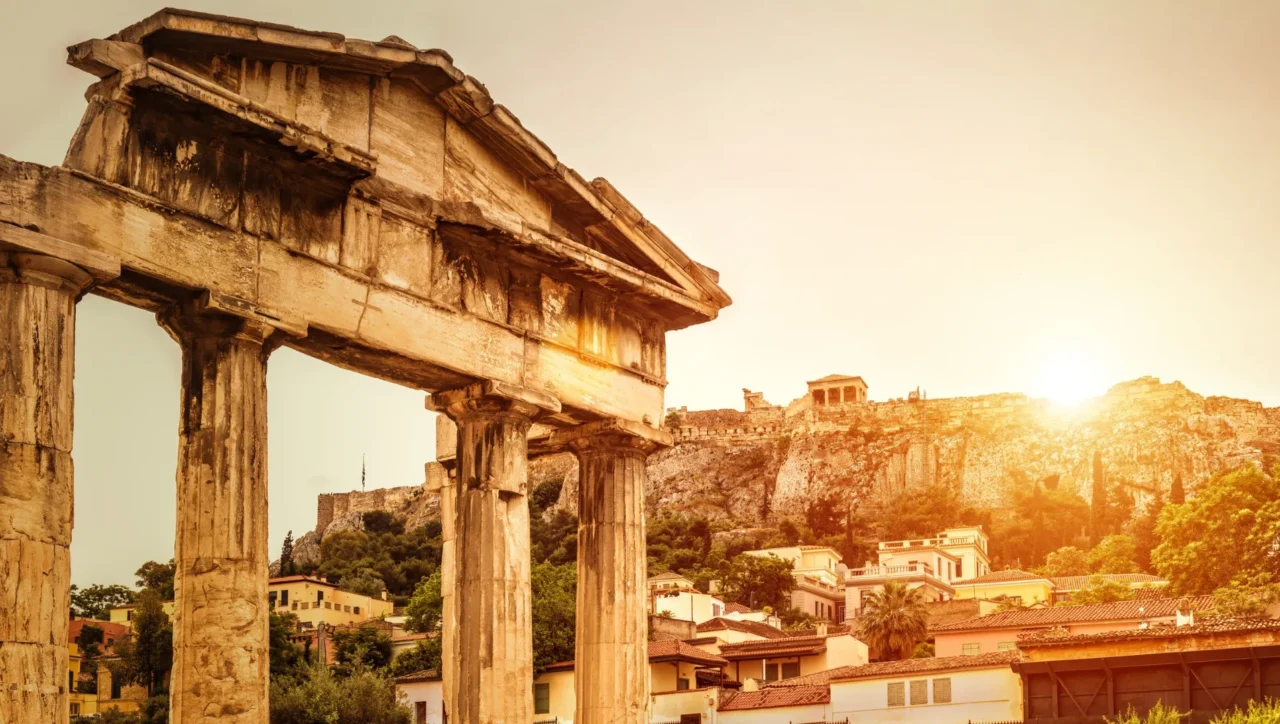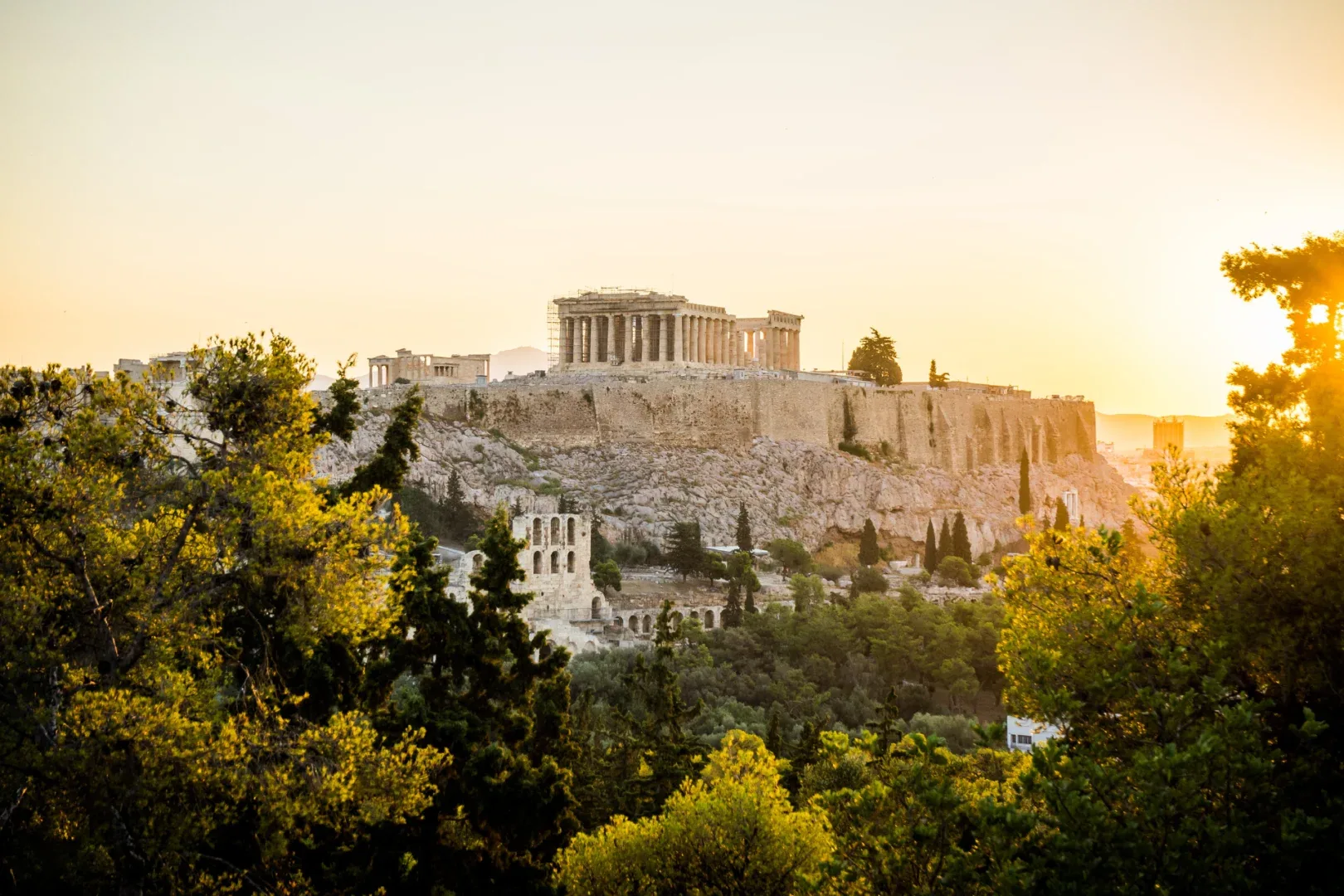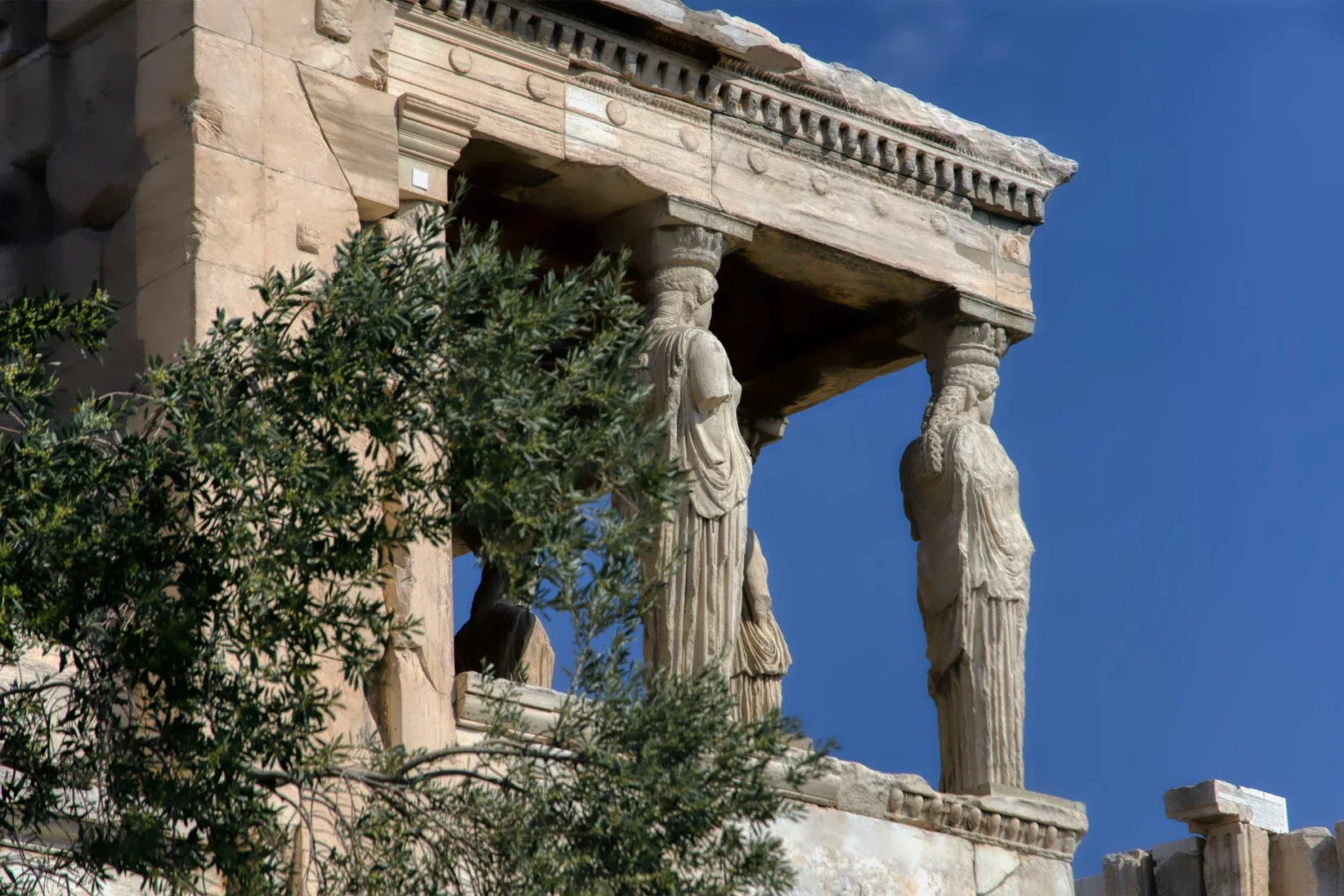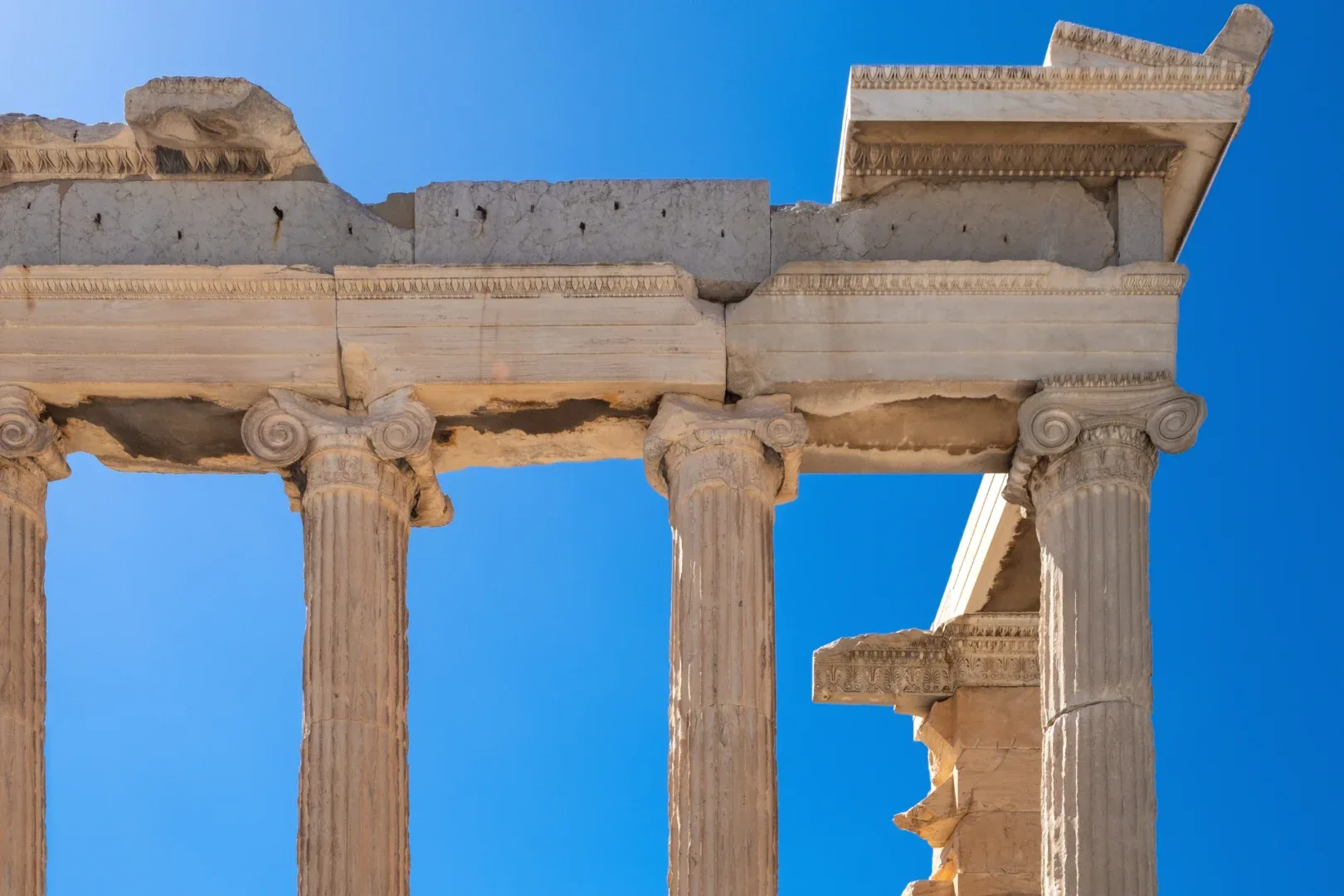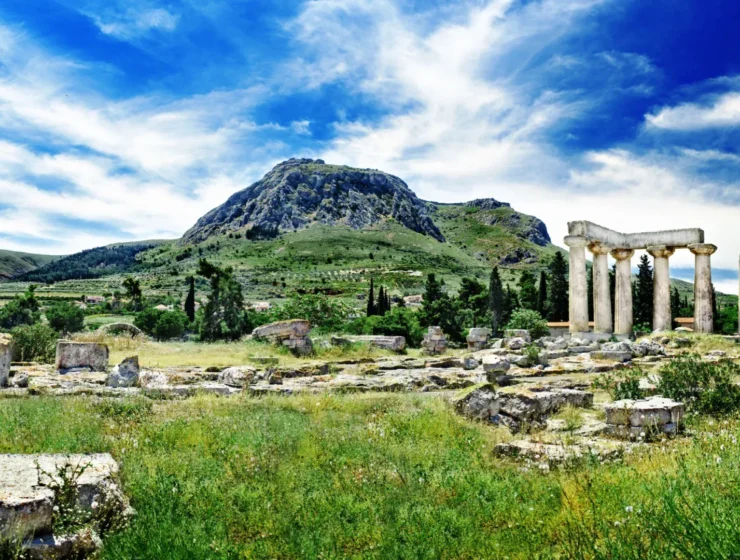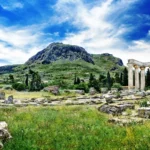Exploring the city center of Athens promises an unforgettable experience, where emblematic archaeological sites, neoclassical and modern architecture, and a plethora of natural attractions await. However, navigating this maze of wonders can be daunting for first-time visitors without the necessary guidance.
Dionysiou Areopagitou Street serves as the quintessential pedestrian thoroughfare encircling many of the city center’s archaeological marvels. Stretching from east to west, it commences near Amalias Avenue by the Arch of Hadrian and culminates close to Philopappos Hill, seamlessly transitioning into Apostolou Pavlou Street. This enchanting pedestrian enclave traverses Kerameikos, the ancient Agora, Philopappou Hill, Pnyx, Areios Pagos, the Acropolis, Dionysus’ Theatre, Herodes’s Odeon, and the Acropolis Museum, effectively transforming Athens into an open-air museum accessible to all.
Unveiling centuries of history, Athens showcases not only its illustrious past during the 5th century BC but also the enduring imprints left by subsequent civilizations. From the Roman Agora to Hadrian’s Arch, remnants of Roman, Byzantine, and Ottoman epochs coalesce, bearing witness to the city’s rich tapestry of cultural heritage.
Architecture aficionados will find themselves enthralled by Athens’ architectural diversity, boasting an eclectic blend of ancient, Neoclassical, Eclectic, Art Nouveau, Byzantine, and folk styles. Reflecting upon ancient Greece, neoclassical elements abound, adorning stately public edifices amidst a landscape adorned with quaint standalone residences and verdant gardens. The late 19th century witnessed a fusion of neoclassicism with romanticism and baroque influences, further enriching Athens’ architectural panorama. Though Art Nouveau’s influence remains modest, scattered examples of Art Nouveau-style mansions dot the cityscape.
Beyond the city center, neighborhoods such as Plaka and Psiri boast a wealth of neoclassical structures meticulously restored and repurposed as museums, galleries, or residences. Nestled on the northern and eastern slopes of the Acropolis, Plaka exudes timeless charm, with its picturesque enclave, Anafiotika, evoking the ambiance of a Cycladic island.
While meandering through this historic milieu, one cannot overlook the verdant oasis surrounding the Acropolis, where endemic flora, including botanical blooms, pine, and olive trees, imbue the urban landscape with tranquility amidst the bustling metropolis.
A leisurely stroll along Dionysios Areopagitou Street serves as a portal to ancient and classical Athens, where the footprints of legendary gods intertwine with historical reality, blending the ancient and the modern in an unparalleled urban tapestry. Prepare to embark on a journey through time, unraveling countless stories and myths that have endured through the annals of history.
Dionysiou Areopagitou Street serves as the quintessential pedestrian thoroughfare encircling many of the city center’s archaeological marvels. Stretching from east to west, it commences near Amalias Avenue by the Arch of Hadrian and culminates close to Philopappos Hill, seamlessly transitioning into Apostolou Pavlou Street. This enchanting pedestrian enclave traverses Kerameikos, the ancient Agora, Philopappou Hill, Pnyx, Areios Pagos, the Acropolis, Dionysus’ Theatre, Herodes’s Odeon, and the Acropolis Museum, effectively transforming Athens into an open-air museum accessible to all.

